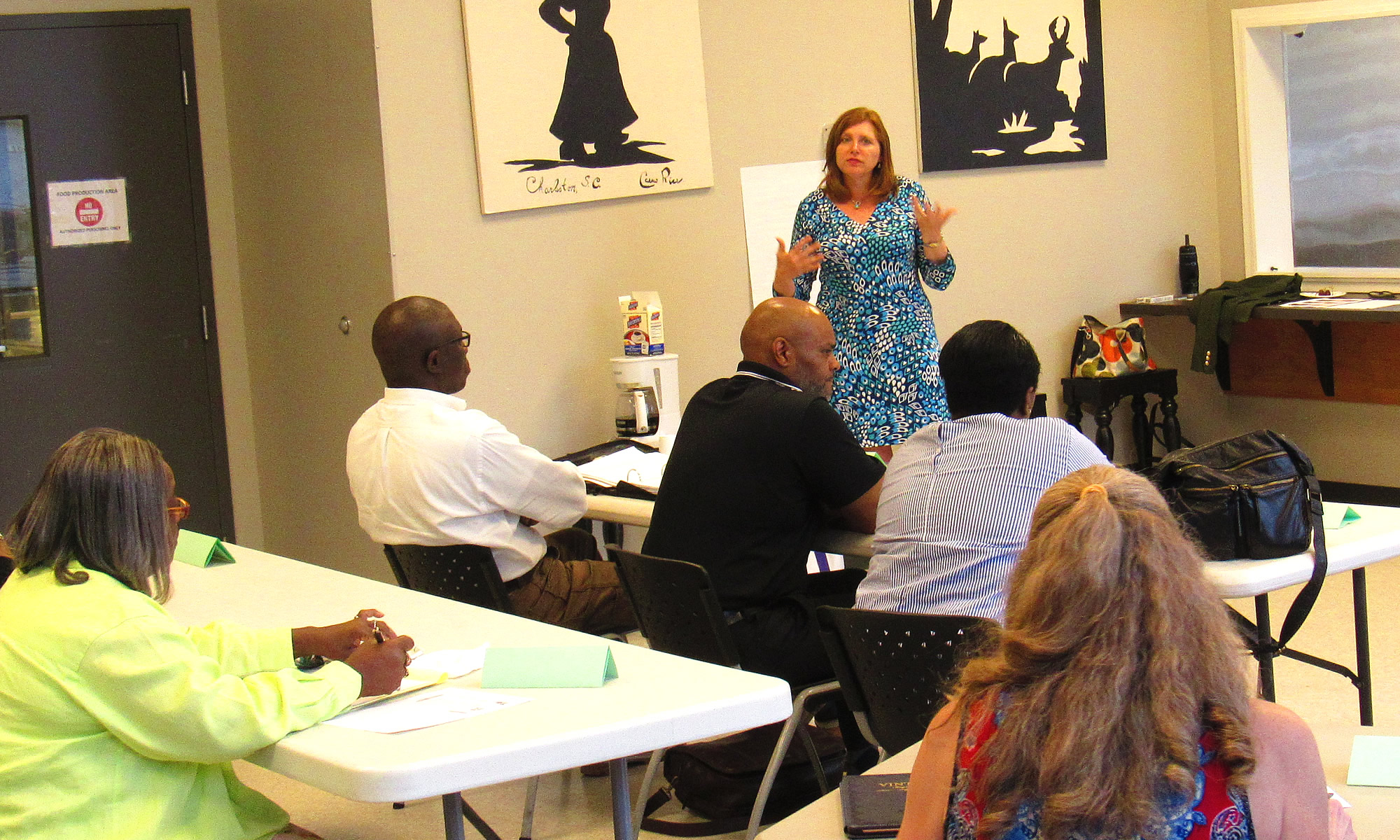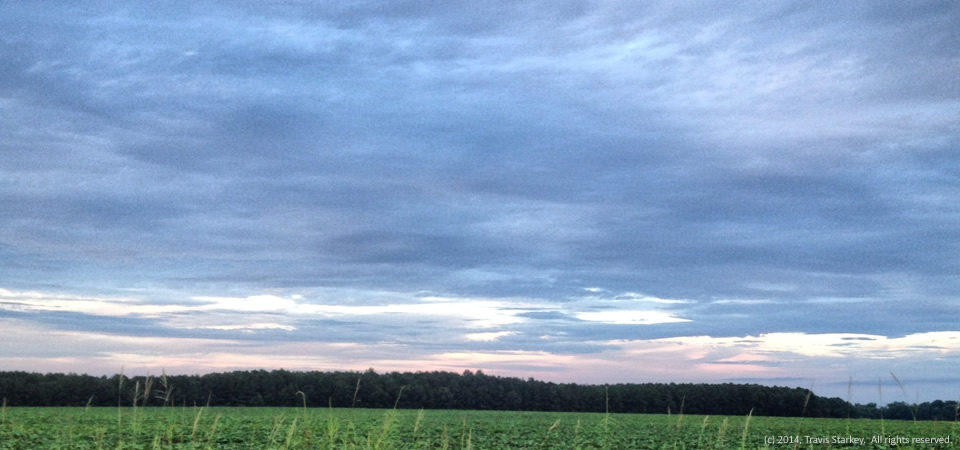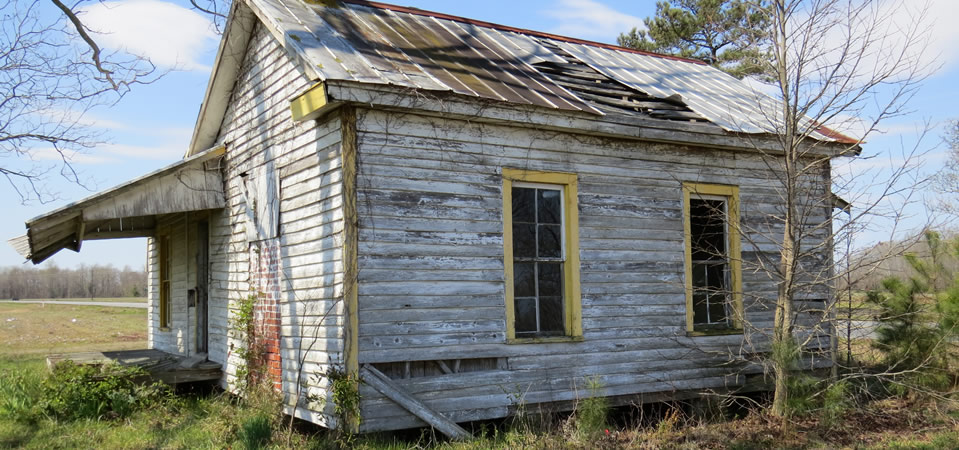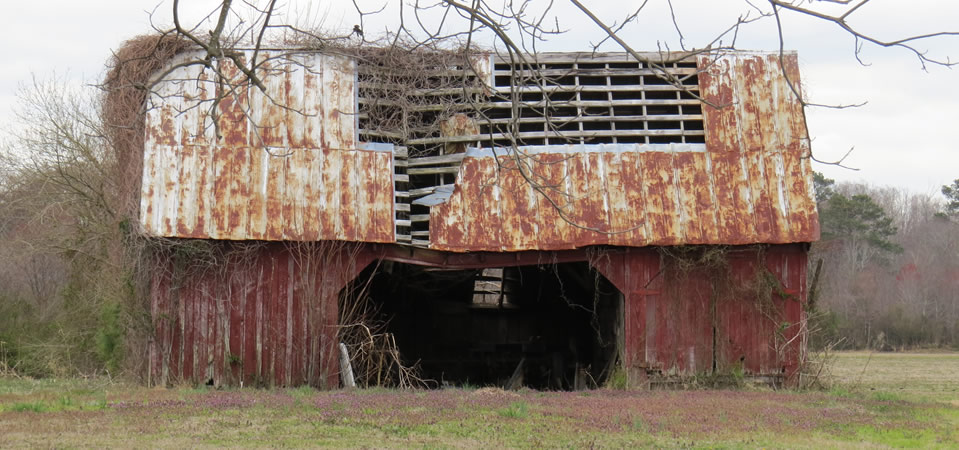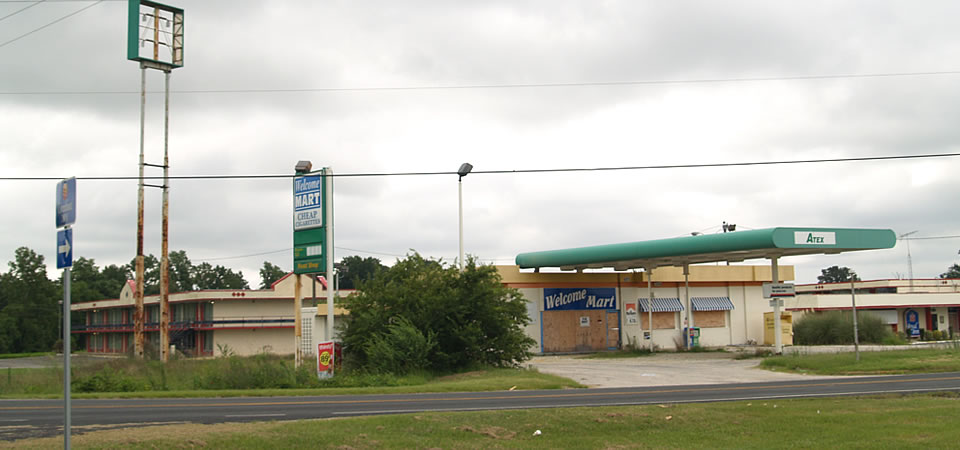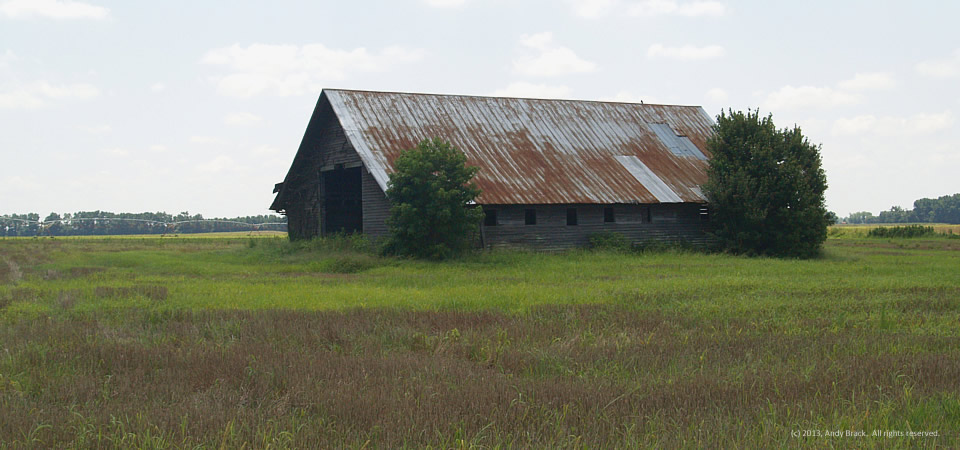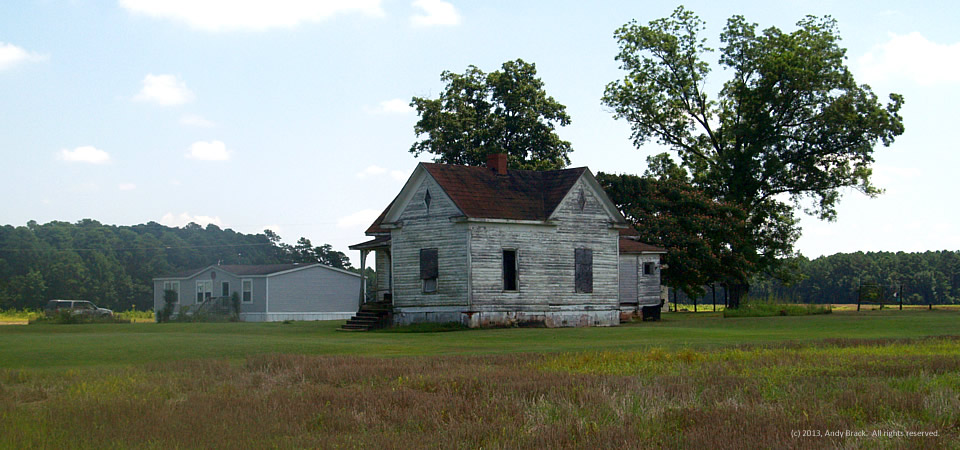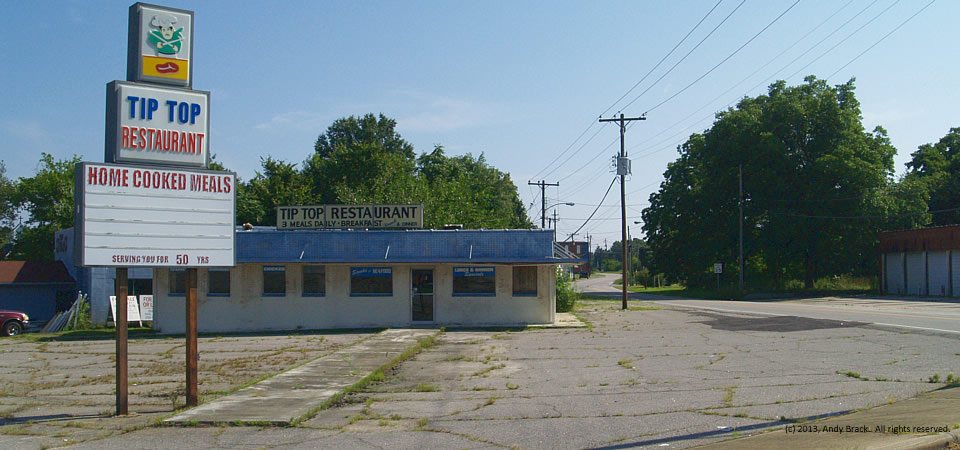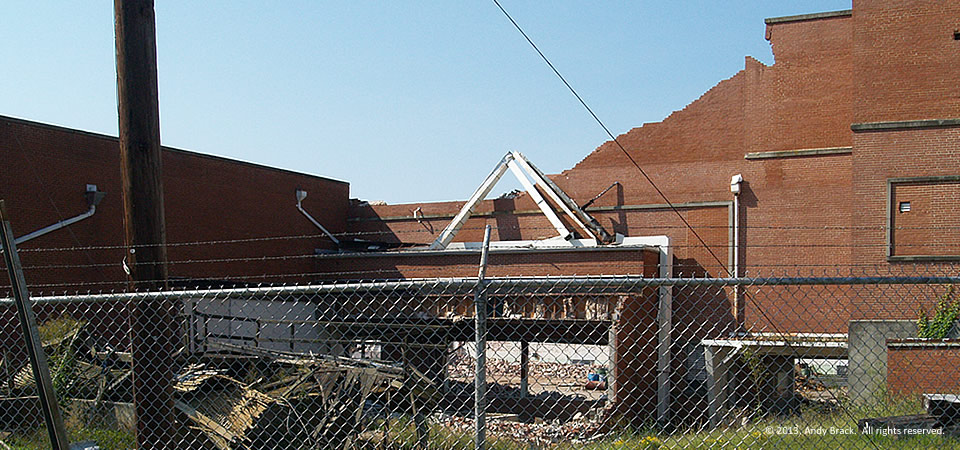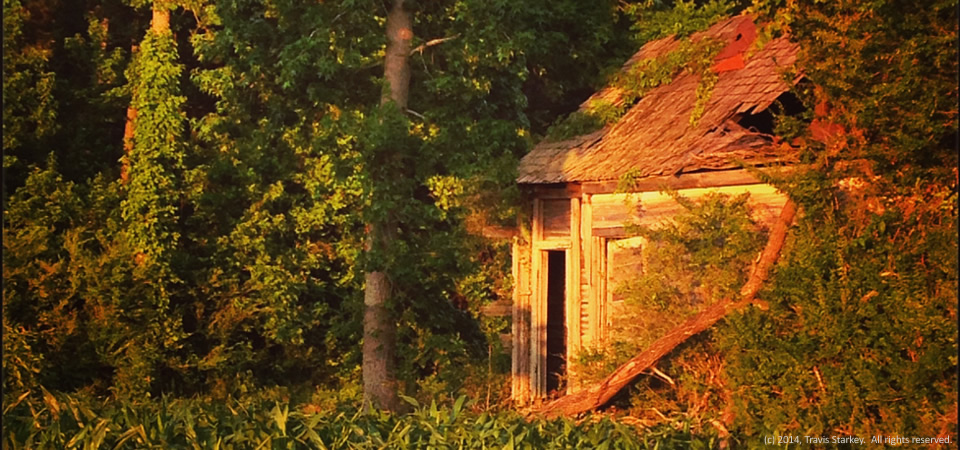
In late December, we met Travis Starkey, a Greenville, N.C., resident who is trying to focus attention on strategies to deal with endemic poverty of his part of eastern North Carolina — which fits right in with what the Center for a Better South seeks to do.
As the second post of the new year, we offer his June 2014 photo of an old shed near Rocky Mount, N.C., to highlight Starkey’s online effort, dubbed “Greenfield Southeast.” (Rocky Mount is a town of about 57,000 people that is part of Edgecombe and Nash counties in eastern North Carolina. About 19 percent of its residents live below the poverty line.)
Starkey explains in this post that there’s potential in the rural South in places like Rocky Mount that people often don’t see:
“It’s reasonable to assume that every community has unique assets and potential to create. Communities are collections of people, anchored around a place or other connective element. So my first assumption flows logically from another — all individuals have unique assets to share and deep potential to create. A community’s power, therefore, lies in its ability to generate opportunities as an outgrowth of the connections its residents share. As a country, though, we tend to ignore the potential of towns like Plymouth [and Rocky Mount] to generate growth, assuming that growth is somehow impossible anywhere outside of a major city. …
“There are nearly 24 million people living in towns smaller than 20,000 in the South. Casually ignoring the potential of those towns, not to mention the growing disparities between urban and rural quality of life, is a perilous habit that we must break.”
Copyrighted photo by Travis Starkey taken June 2014. All rights reserved.
